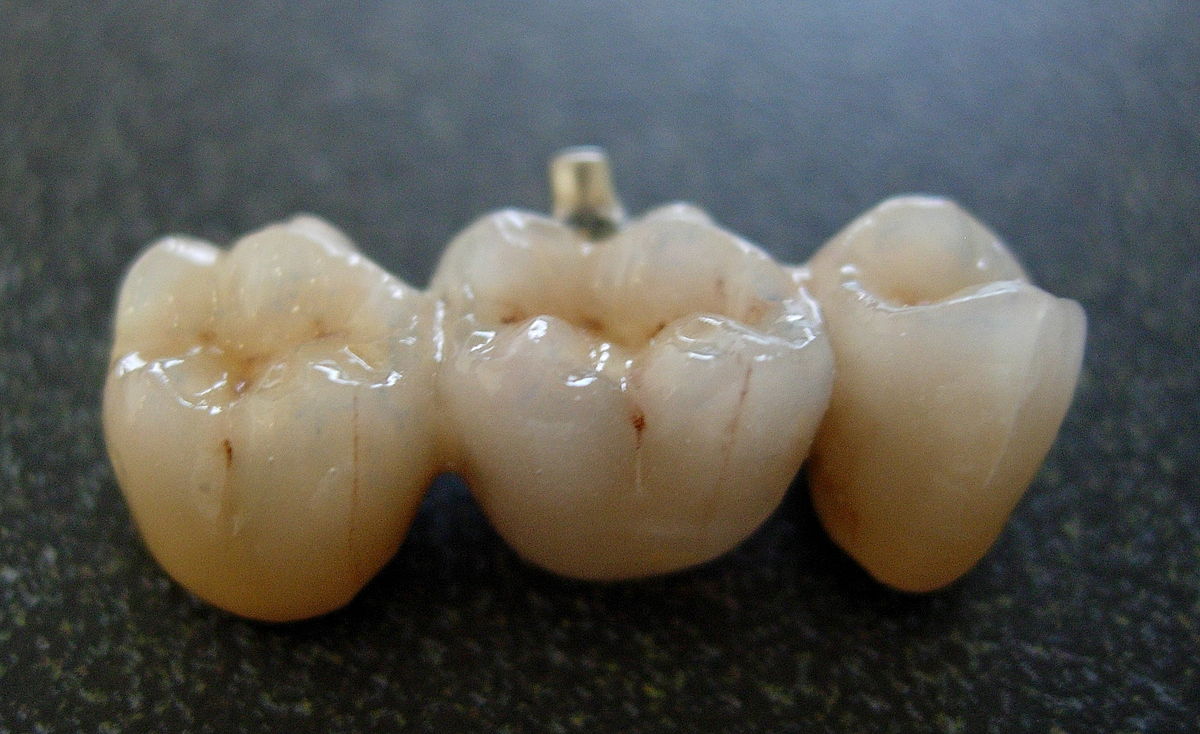Composition of dental ceramics and dental porcelain.
Components of dental ceramic.
Feldspathic ceramics are still common in dental restorations today.
Feldspathic ceramics porcelains are glassy ceramics that form from the combination of feldspar silica and alumina.
Kaolin 3 5 quartz silica 12 25.
Types and uses of ceramics in dentistry today.
Ceramic used in dental application differs in composition from conventional ceramic to achieve optimum aesthetic components such as translucency.
Feldspathic ceramics are the oldest of the dental ceramics and are very esthetic but relatively weak.
Leucite is created in dental porcelain by increasing the k 2 o potassium oxide content of the alumino silicate glass.
It also acts as a flux lowering the melting temperature of the material.
Dental ceramics are usually referred to as nonmetallic inorganic structures primarily containing compounds of oxygen with one or more metallic or semi metallic elements like aluminum calcium lithium magnesium phosphorus potassium silicon sodium zirconium titanium 1 10.
The most common ceramics used in dentistry are alloys of 3 main metallic oxides sio2 al2o3 k2o.
Lithium disilicate crystals are created by adding li 2 o lithium oxide to the alumino silicate glass.

